A thick tissue band that runs from the heel to toes is called the plantar fascia. This tissue may become inflamed due to overuse, strain, and injury, which can be uncomfortable. We refer to this condition as plantar fasciitis.
A deep, sharp pain in the heel can be a symptom of plantar fasciitis. It frequently affects those who are overweight, however runners may also sustain it as a result of overuse. Usually, the pain is worst in the morning or after standing for a long time.
Other Topics You Might Like
Helpful Products You Might Like
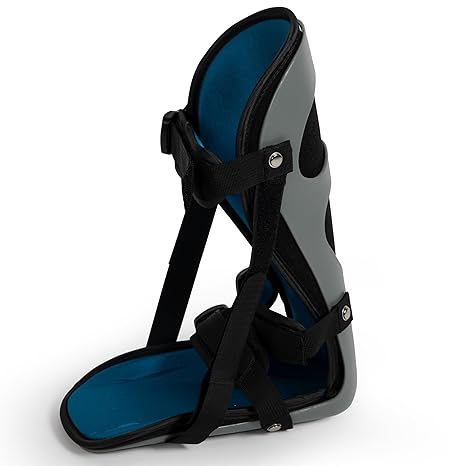
Plantar Fascitis Night Splint Heel & Foot Pain
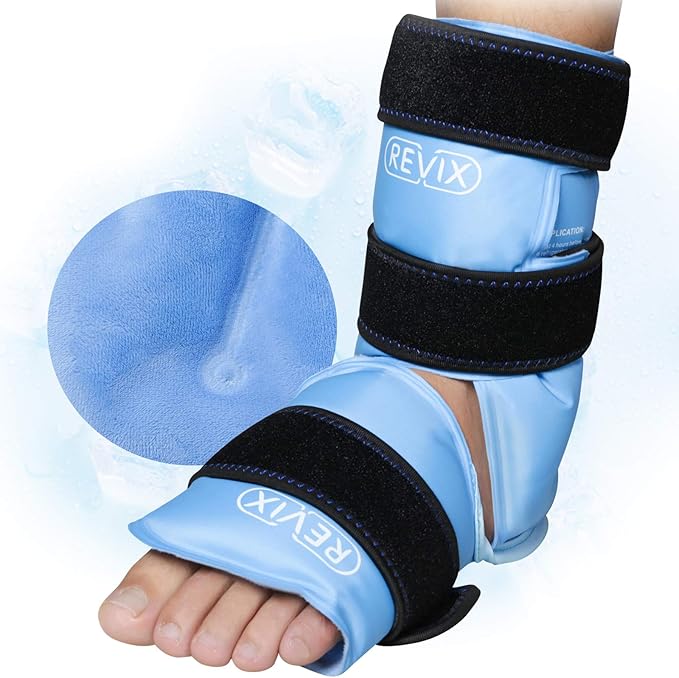
REVIX Ankle Ice Pack Wrap for Foot Pain Relief and Feet Injuries
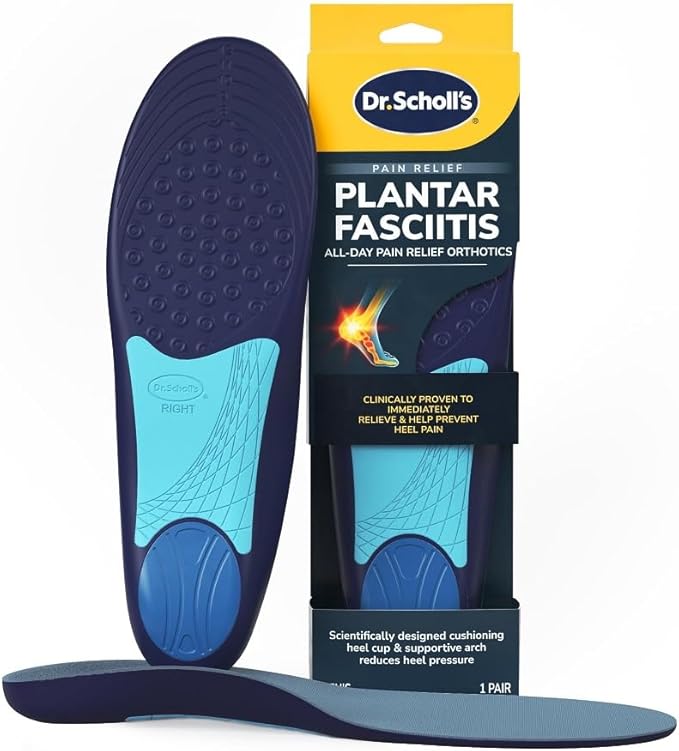
Dr. Scholl’s Plantar Fasciitis Pain Relief Orthotic Insoles
"(Paid Links)" 
Plantar Fasciitis Treatment at Home
Usually, plantar fasciitis is easily treated at home with over-the-counter medications. In rare cases, your doctor may suggest surgery or physical rehabilitation.
Your plantar fasciitis symptoms can usually be alleviated by one or more of the following treatments. Although it can take six to twelve months for your foot to return to normal, you can reduce pain and improve the healing process by practicing the following at home.
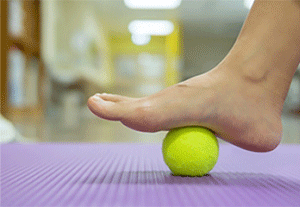
Rest
Until the inflammation subsides, it's crucial to refrain from bearing weight on your foot.
Ice
There are several applications for this simple method of treating inflammation. Wrap a towel around a box of frozen corn or peas or a plastic bag packed with crushed ice to create an ice pack. Apply it on your heel for 15 to 20 minutes at a time, three to four times a day. Or, a few times a day, immerse your heel in a shallow-pan filled with water and ice for ten to fifteen minutes. Keep your toes out of the water, please.
Filling a tiny paper or foam cup with water and freezing it is an additional choice. After that, massage it over your heel for five to ten minutes, or until it is numb.
Pain relievers
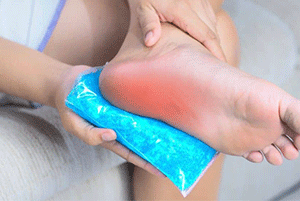
Nonsteroidal anti-inflammatory medications (NSAIDs) can reduce inflammation and improve foot pain.
Sports tape
By providing support, it can prevent you from moving your foot in a way that exacerbates plantar fasciitis.
Inserts for shoes
They can provide you with additional cushioning and support and are also known as orthotics, insoles, or arch supports. They can be custom-made or purchased over-the-counter (OTC). Generally speaking, OTC inserts will produce effects that are both equally good and less expensive. Choose stiffer inserts that provide adequate arch support.
Advertisements for magnetic insoles to treat plantar fasciitis may also be visible to you. These normally don't work, according to research.
Heel cups
Your plantar fascia is strained when your heel strikes the floor with every step. These shoe pads in the style of heels can be useful. They provide you with more cushioning and tension relief by raising your heel. Although they are a less expensive alternative to implants, they frequently perform worse.
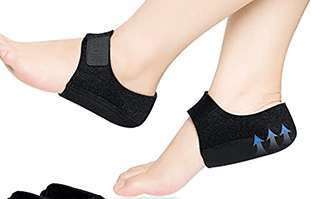
Splints for the night
Most people sleep with feet pointed down, which shortens the Achilles tendon and plantar fascia. Wearing night splints while you sleep maintains your feet at a 90-degree angle. As a result, you get a healthy, continuous stretch as you sleep rather than shortening your plantar fascia. Although they can be heavy, they usually function incredibly well. You can also quit wearing them after the pain subsides.
Walking cast or boot
A controlled ankle motion (CAM) walker, also known as a walking cast or boot, is usually recommended by your doctor only after all other options have been exhausted. Your foot is forced to rest by the cast or CAM walker, which may help reduce pain. However, it isn't a remedy. The pain could reappear when the cast is removed. This implies that you will also require additional treatments, like stretching and insoles.
